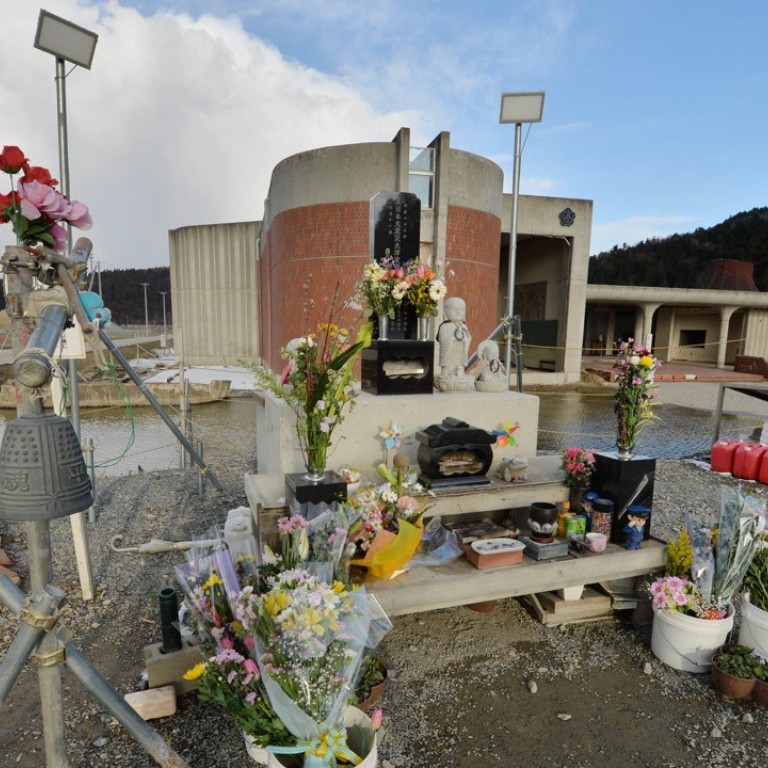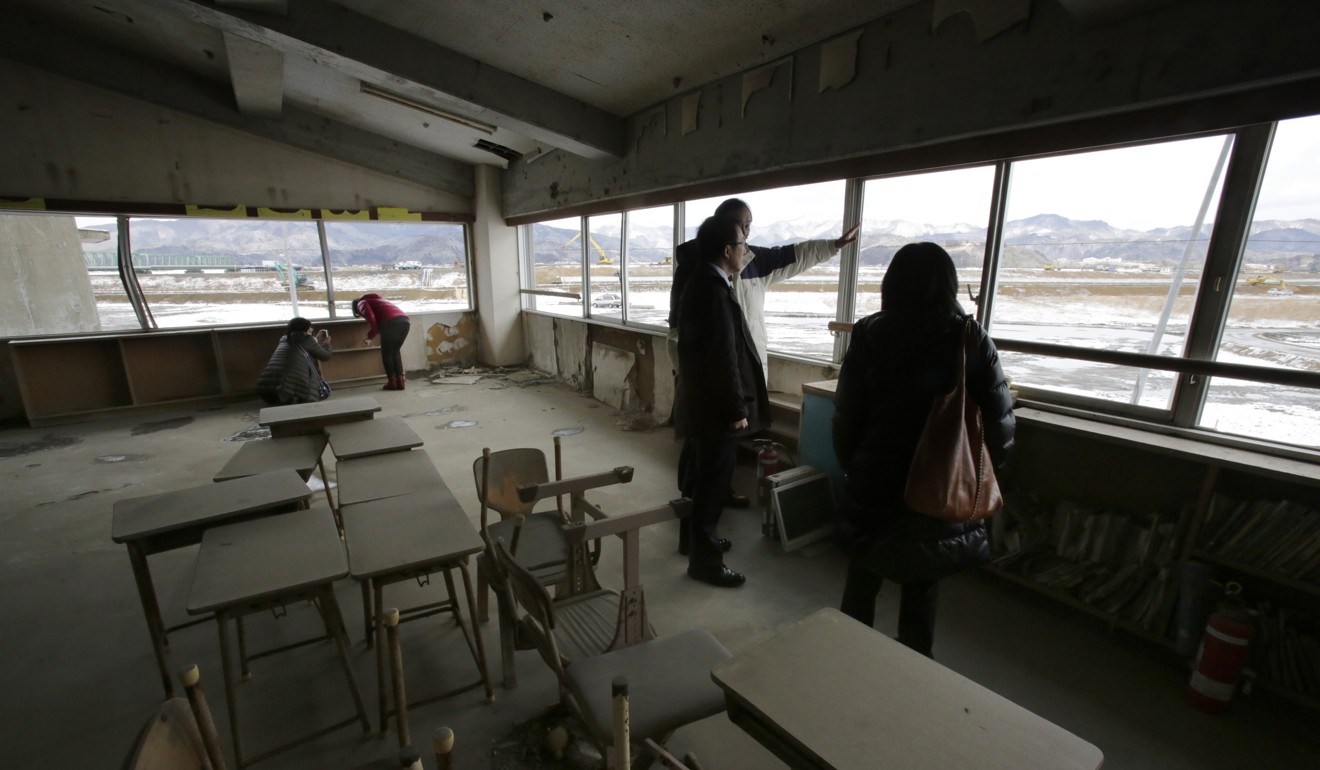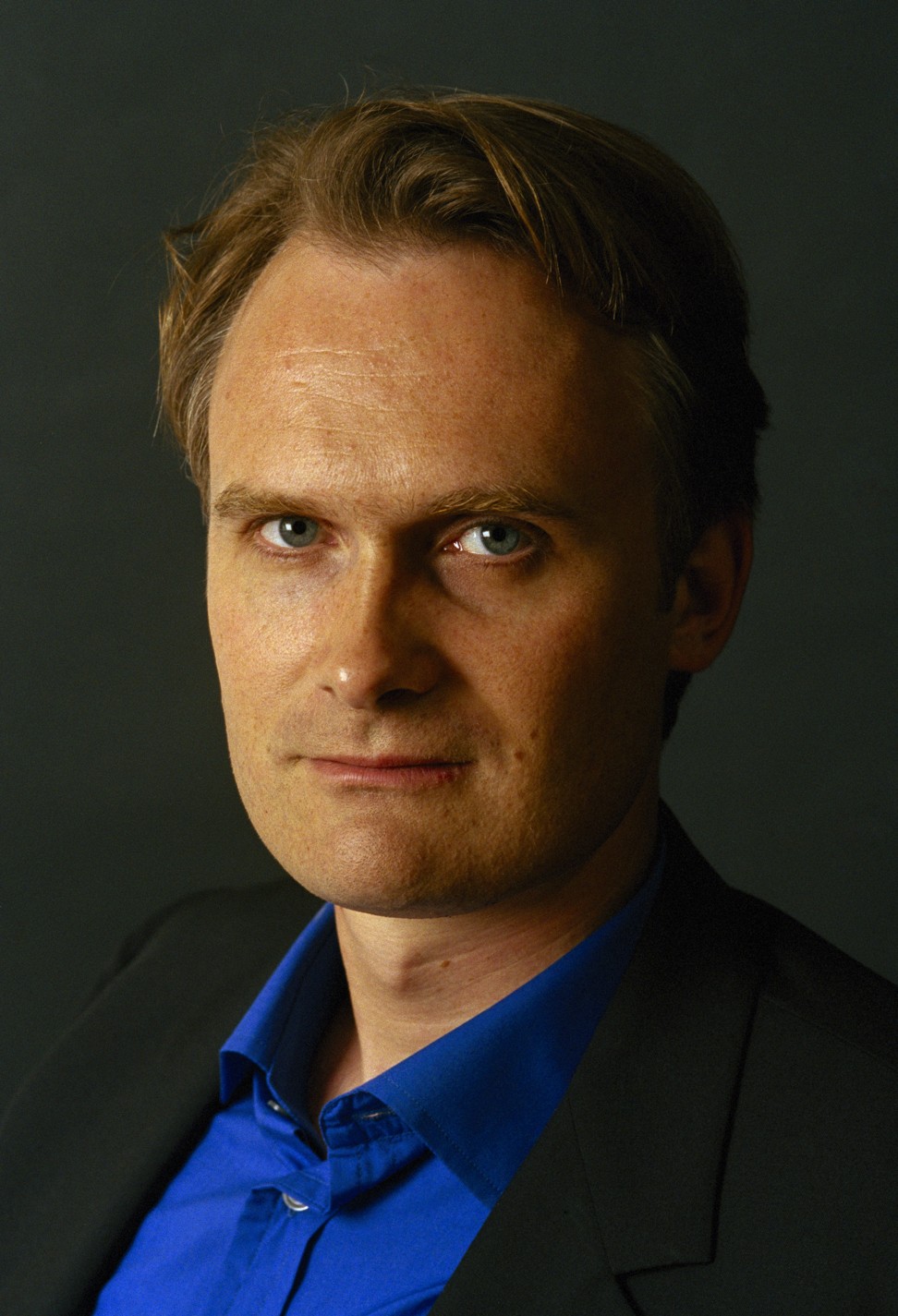
Review | Book review: Ghosts of the Tsunami’s heart-wrenching look at Japan tragedy from survivors’ view leaves a lasting impression
Richard Lloyd Parry’s focus on those caught up in the events of that tragic day, especially relatives of the 74 children killed at Okawa Elementary School, truly highlights the small decisions that spell the difference between life and death
by Richard Lloyd Parry
Jonathan Cape
4 Stars

On March 11, 2011, a massive earthquake hit Japan, setting off a tsunami that left 18,500 people dead. It was the single greatest loss of life in the country since the atomic bomb was dropped on Nagasaki in the dying days of the second world war.
The earthquake, the fourth most powerful in the history of seismology, knocked the Earth 10 inches off its axis and moved Japan four feet closer to America. The subsequent tsunami, with waves up to 120 feet high – as tall as an 11-storey building – then drove half a million people from their homes, and plunged countless communities into mourning for their dead and missing.
Review: Once We Were There – debut novel breaks every taboo in the book for Malaysians
Times correspondent Richard Lloyd Parry, 225 kilometres away in Tokyo, experienced the intense shaking as the earthquake hit, describing it as the strongest he had felt in his 16 years covering Japan. Yet, walking the streets of Tokyo in the aftermath, there was little sign of damage. That wasn’t the case on the coast, where whole villages were literally washed off the map as the tsunami showed the unrivalled power of nature.
Parry has spent the intervening years visiting the affected communities, talking to those who suffered on that fateful day and eventually producing Ghosts of the Tsunami, a heart-wrenching tale of suffering, grief, anger and loss.

While many books have been written about the earthquake, tsunami and the subsequent nuclear power plant meltdown at Fukushima, few have focused so minutely on the experiences of those caught up in that day’s events. In Ghosts of the Tsunami, such attention is given to a small group of people who experienced perhaps the single greatest tragedy of the whole episode: the 74 children killed at Okawa Elementary School, located a few kilometres inland, constituting all but one of the 75 children killed at Japanese schools during the tsunami. Ten of 11 teachers at the school also died.
A mind-bending exploration of identity and the problems of contemporary Japan
Parry says that what happened at the school was “the worst of the tsunami, the story hardest among all the stories to hear”. It was also a source of intense division, with questions of culpability quickly arising.
What stays in my memory is pine trees, and the legs and arms of children sticking out from under the mud and rubbish
Within the pages of the book we see anger growing over the actions of the teachers that day, who failed to take the children to higher ground despite almost an hour passing between the earthquake and the waves engulfing the school. Answers are soon demanded from the only surviving teacher, who quickly disappears from public view after giving a testimony full of inconsistencies. In the following years he maintains a wall of silence, saying he is too mentally unwell to speak of what happened.
Ghosts of the Tsunami charts in graphic details the tragic events of March 11, 2011, as well as the days, weeks, months and years that followed as people tried to recover the bodies of their loved ones and come to grips with what happened. Told from multiple perspectives, the book leaves a vivid impression of the terror and numbness that accompanied the events.
One villager who helped to recover the bodies around the school, and who lost his own son-in-law and two granddaughters, says at one point: “What stays in my memory is pine trees, and the legs and arms of children sticking out from under the mud and rubbish.”
Another witness described the wave as “a huge black mountain of water”. Within the water, a forest of 20,000 trees, ripped up from along the coast, added to the carnage.

It wasn’t just the immediate tragedy. With crematoriums working at full capacity, families were forced to travel long distances simply to buy the dry ice needed to keep the bodies of their loved ones from decomposing while they waited. Some parents found their children’s remains in the first days, others weeks or months later; a handful never recovered them, though they continued – and continue – to search. Many of the mothers turned to psychics to try to reach out to their lost children, leading to some of the odder episodes in the book.
The book charts the frustration growing among the parents about the lack of transparency from city and education board officials over responsibility for the loss of life at the school. As it does, a group of parents take the unprecedented step in Japan of suing the city. The action divides the community, as well as the suffering parents. The book ends in late 2016 with the court’s verdict.
Eka Kurniawan’s brutal novel on Indonesian masculinity is not for the faint-hearted
Ghosts of the Tsunami doesn’t just cover the catastrophe at Okawa Primary School. It includes stories of some of the many other people whose lives were cut short that day – including a 104-year-old athlete who had survived so much but met his match that day. Yet it is the scenes in and around the school, and the loss of so many young lives, that leaves a lasting impression.
With its emotional rawness and stark, vivid descriptions of being caught in the jaws of a tsunami as told by those that survived, this book is a chilling yet beautifully crafted testament to both the power of nature and the small decisions – picking your kid up from school, seeking higher ground, waiting to see what happens – that can be the difference between life and death.
